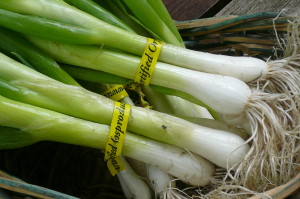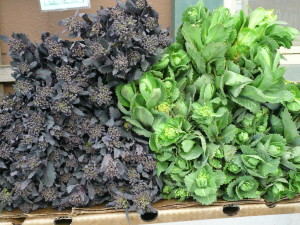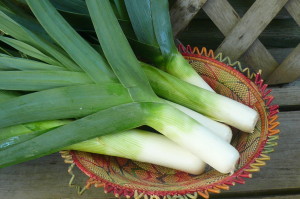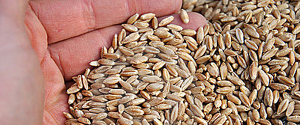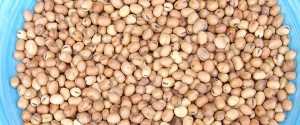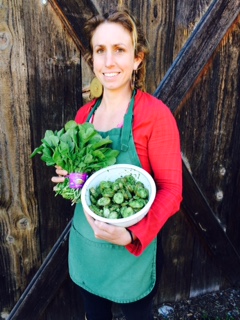As the availability of last fall’s beet crops extends far into the spring, I’ve been experimenting with new ideas for preparing these delicious crimson roots. This salad’s rich flavor disguises its simplicity, and no one could guess the secret ingredient… tahini!
For the Salad
3 cups minced parsley
4 cups shredded beets, cooked or raw (6-8 medium beets)
4 or 5 chive blossoms (optional)
For the Dressing*
1/4 cup olive oil
1/4 cup tahini
1/4 cup fresh lime juice (2-3 limes)
2 tablespoons apple cider vinegar
1/8 teaspoon salt
1/8 teaspoon pepper
Thoroughly scrub the beets, then grate them raw. Or steam/boil/roast them until tender, and then grate. Toss beets with parsley and set aside. Although both are delicious, I love the cooked beet version of this dish better, and my two-year-old son did too!
Combine the olive oil, tahini, lime juice, apple cider vinegar and salt & pepper in a pint mason jar. Screw lid on tightly and shake thoroughly. Dressing will be thick. Thin as desired with another splash of vinegar, or water.
Toss veggies with dressing. Break apart chive blossoms into tiny flowers and sprinkle throughout salad. Serve warm or chilled.
This salad debuted at an April 2015 Farm Lunch. It was accompanied by Mary Wong’s ham and cheese scalloped potatoes. Needless to say the crew returned to work that afternoon with full, happy bellies!
*This dressing would be wonderful tossed with any kind of “chop-chop salad.” That’s my term for chopping up (or grating) raw veggies into a slaw-like salad, like broccoli stems, cabbage, carrots, celeriac, ruatabagas, green onions, etc.
Have you tried this recipe? Tell us how it turned out!


